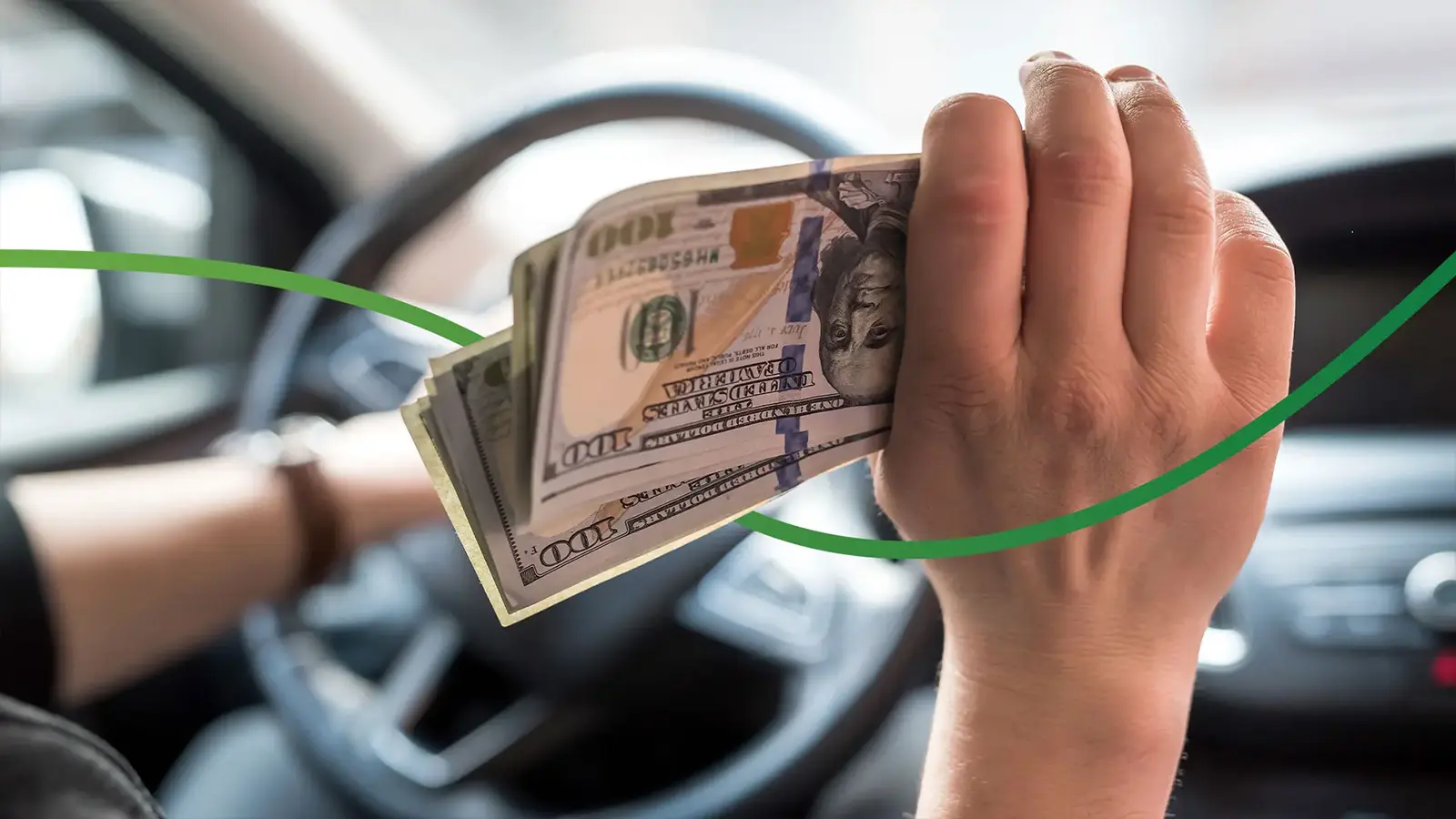Incentives Make EVs More Accessible
Electric vehicles (EVs) offer significant benefits such as lower emissions, reduced fuel costs, and advanced technology, but the upfront price can still be a hurdle. Fortunately, there are federal, state, and local incentives that make driving an EV more affordable. These programs can reduce the sticker price, lower ownership costs, and even provide perks like carpool lane access or discounts on charging equipment. Understanding these incentives is the first step toward saving thousands on your next electric car.
State-Level EV Incentives
Beyond federal support, many states offer their own programs to encourage EV adoption. These may include:
- Purchase or lease rebates
- Sales tax exemptions
- Reduced vehicle registration fees
- High-occupancy vehicle (HOV) lane access and toll discounts
- Charging infrastructure credits
For example:
- California offers rebates of up to $7,000 for low- and moderate-income residents
- Colorado provides $2,500 toward a new EV purchase and additional utility-backed rebates
- New Jersey offers up to $4,000 in direct savings depending on vehicle price
Each state sets its own rules and eligibility criteria. You can find a comprehensive list via the U.S. Department of Energy’s AFDC database.

Local Utility and Regional Programs
Local utilities often provide incentives that can significantly reduce home charging costs or installation fees for Level 2 chargers, such as:
- Rebates of $500 to $2,000 for purchasing and installing charging equipment
- Discounts on electricity during off-peak charging hours
- Free charger giveaways or time-of-use rate plans
Some cities also offer free parking, HOV lane access, or permit fee waivers for EV drivers. In some areas, free public charging is available. Always check with your utility provider and local municipality before making a purchase.
Additional Incentives for Low-Income Households
Many programs provide extra assistance for income-qualified buyers, including:
- Enhanced purchase rebates
- Vehicle scrappage programs that pay drivers to retire older gas-powered cars
- Subsidies on insurance or public charging access
Programs such as Clean Cars for All in California and similar initiatives in states like Oregon and New York aim to make clean transportation more inclusive and affordable.
Final Thoughts
EV incentives are evolving quickly, and several important federal benefits will expire after September 30, 2025. Whether you are shopping for a new EV or considering a used one, stacking federal, state, and local incentives can result in thousands of dollars in savings while helping to create a cleaner future.
To find which vehicles currently qualify, use the GreenCars EV Incentive Tool.
Your EV Incentives Journey Starts Here
Continue learning about the financial benefits of going electric:
Discover Next: Types of EV Incentives: Rebates, Credits, Perks →












